Optimal Seasons for Sewer Line Repairs
Sewer line repairs are typically best scheduled during periods of moderate weather to ensure optimal working conditions and minimal disruption. Spring and early fall often provide suitable temperatures and lower chances of severe weather, reducing delays and complications during repair projects.
Spring and fall are ideal times due to moderate temperatures and less extreme weather, facilitating smoother repair processes.
Avoid scheduling during winter or peak summer heat, as cold temperatures or excessive heat can hinder equipment operation and affect repair quality.
Plan repairs during seasons with predictable weather patterns to minimize delays and ensure safety for workers.
Urgent sewer issues may require immediate attention regardless of the season, especially if there is significant property damage or health risk.
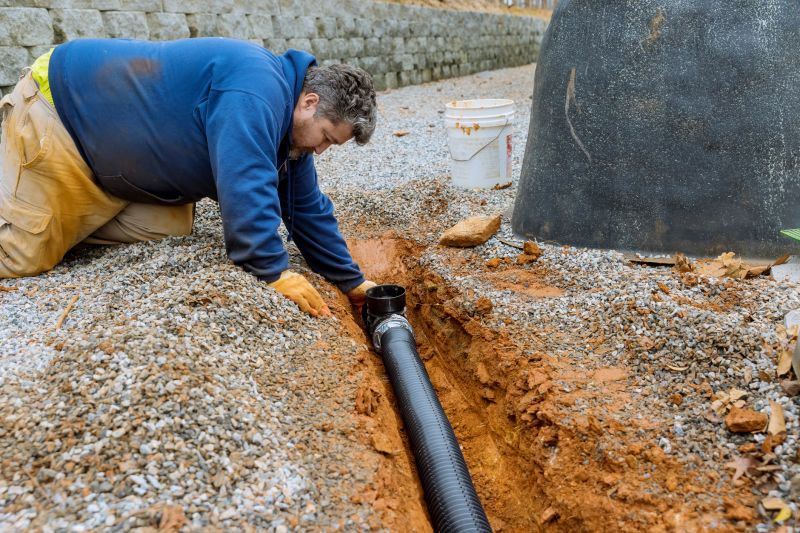
Spring offers moderate weather, ideal for sewer repairs, with increased daylight hours aiding work schedules.

Autumn provides cooler temperatures and less rainfall, making it a suitable season for repairs.
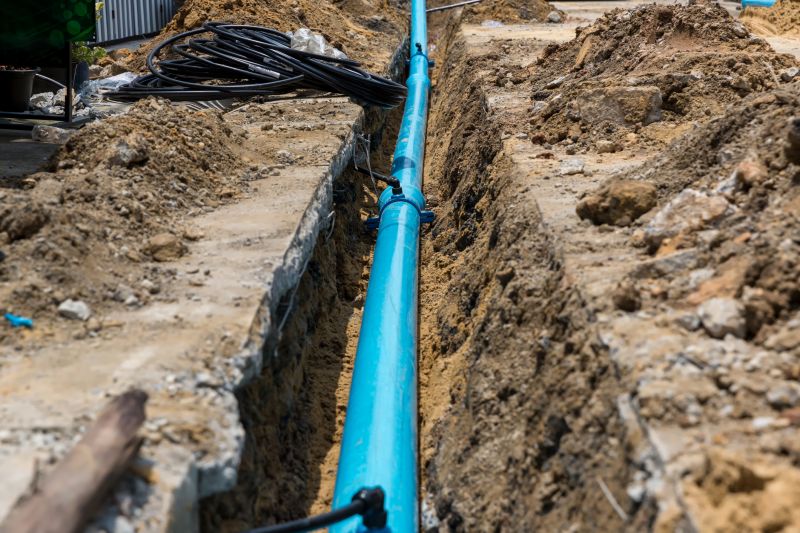
Weather conditions significantly influence repair timing, with dry and mild seasons preferred for efficiency.
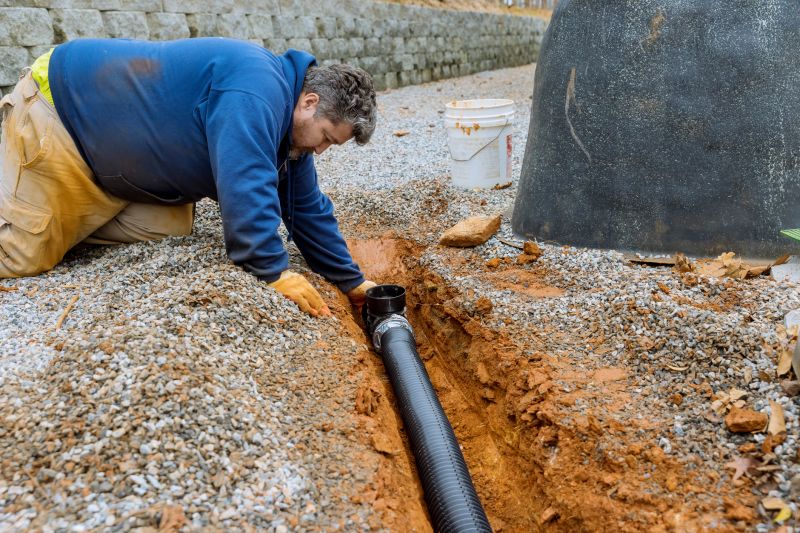
Ways to make Sewer Line Repairs work in tight or awkward layouts.
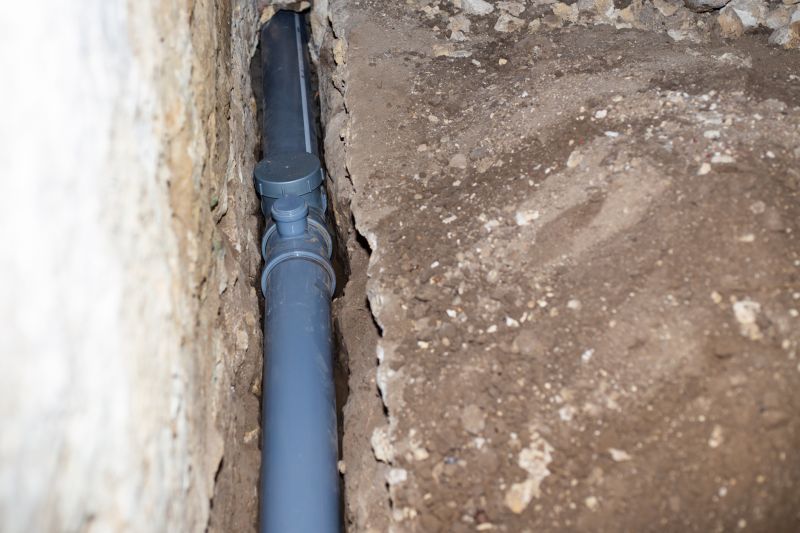
Popular materials for Sewer Line Repairs and why they hold up over time.
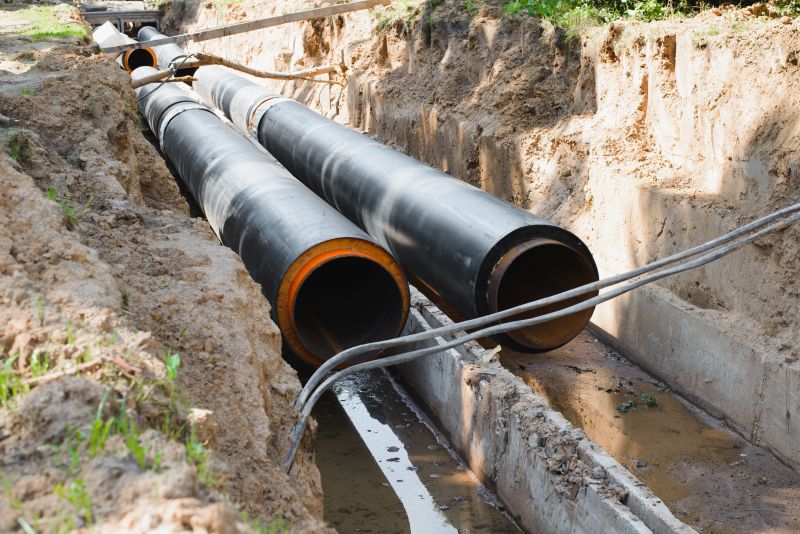
Simple add-ons that improve Sewer Line Repairs without blowing the budget.
| Season | Advantages |
|---|---|
| Spring | Moderate temperatures, longer daylight, and less extreme weather facilitate repairs. |
| Summer | Potential for scheduling, but high heat and thunderstorms can cause delays. |
| Fall | Cooler weather and dry soil conditions support efficient repairs. |
| Winter | Cold temperatures and frozen ground often hinder excavation and repair work. |
Sewer line repairs are essential for maintaining the integrity of underground piping systems. Regular maintenance and timely repairs can prevent costly damages and health hazards caused by leaks or blockages. Statistics indicate that a significant percentage of sewer line failures occur during seasons with adverse weather conditions, emphasizing the importance of scheduling repairs during optimal periods.
Advancements in trenchless repair technology have improved the flexibility of scheduling, allowing repairs to be completed with minimal surface disruption. Nonetheless, understanding seasonal factors can help in planning repairs to ensure safety, efficiency, and long-term performance of sewer systems.
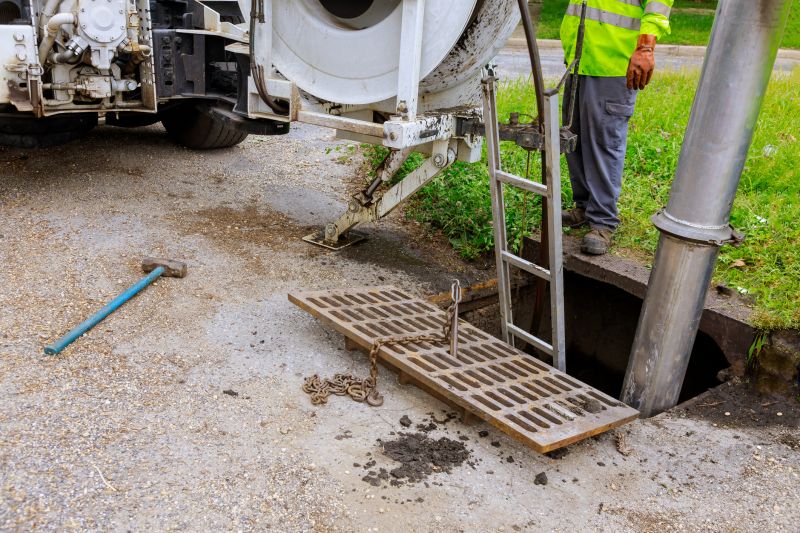
Modern equipment enables efficient repairs across different seasons, reducing downtime.
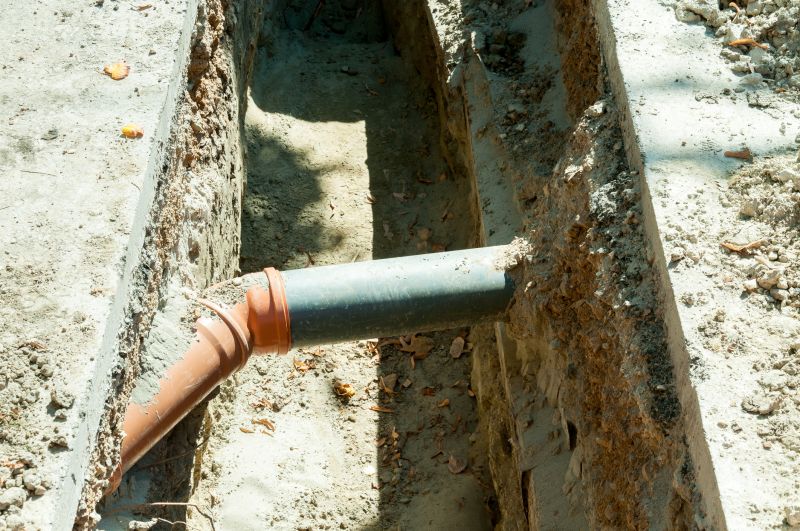
Advanced methods allow for repairs in various weather conditions with minimal surface impact.
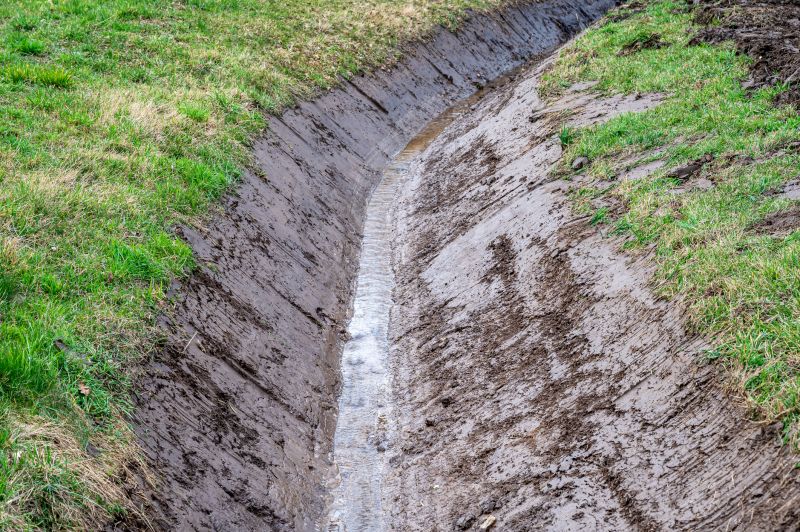
Soil moisture levels influence excavation difficulty and repair effectiveness.
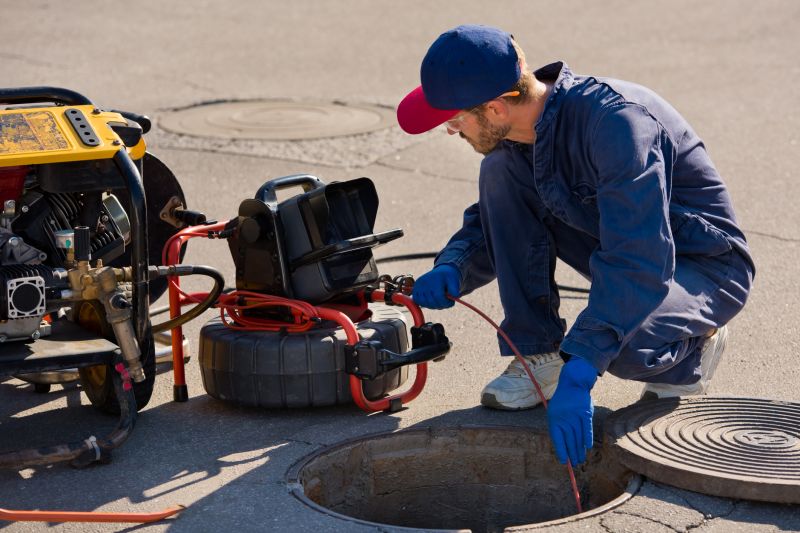
Proper site preparation during optimal seasons ensures successful repair outcomes.
Interested in scheduling sewer line repairs? Filling out the contact form can help determine the best timing based on seasonal conditions and project specifics. Proper planning ensures efficient service and long-lasting results for sewer system integrity.
